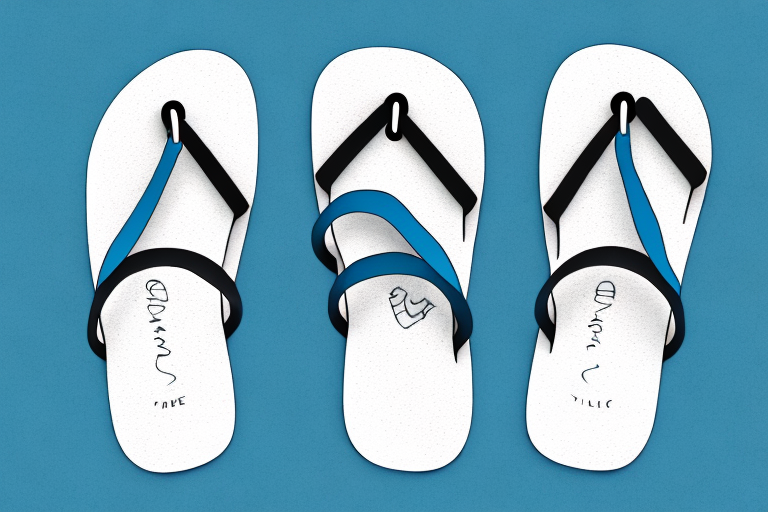Shopping for sandals with heels can be a tricky business. Not only do you want to look and feel stylish and confident, but you also want to make sure that the fit is comfortable and correctly sized. Poorly fitting sandals with heels can cause discomfort, pinching, and blisters, so it’s best to understand the basics when selecting your perfect pair.
Understanding Your Foot Size and Measurements
The size of your foot isn’t a universal number. It changes depending on the style of the shoe. Before you start shopping for heeled sandals, go to a shoe store and have your feet measured. With a ruler, you should measure your foot from heel to big toe and toe to heel. Make sure to measure both feet since one may be larger than the other – all feet are unique! When shoe shopping, you will want to use the measurement of the larger foot.
It is also important to consider the width of your foot when shopping for shoes. If you have a wide foot, you may need to look for shoes that are labeled as wide or extra wide. Additionally, you should always try on shoes before you buy them to make sure they fit properly and are comfortable. If the shoe is too tight or too loose, it may cause discomfort or even injury.
Tips for Finding the Right Fit
When trying on heeled sandals, make sure that your foot feels comfortably snug in the toe box. Don’t pick out a pair of sandals that are too small because they may pinch your toes and become painful after only a few hours of wear. Additionally, you will want to try them on with socks or hosiery that resemble what you plan on wearing with them. This will help you determine if there are any areas that could cause irritation or discomfort when wearing them.
Shopping for Heeled Sandals
Once you have the proper measurement, start looking for heeled sandals with sizes that match your feet. Make sure that if you are purchasing online that the size of the sandals is adjustable. Keep in mind that street shoe sizes can vary from designer to designer, so it’s best to look for labels that list exact measurements.
Understanding Heel Types
When selecting heeled sandals, you will want to evaluate the type of heel you would like. Heels come in various shapes and sizes such as stilettos, block heels, wedge heels, or chunky heels. Knowing this information upfront will help you narrow down your ideal heeled sandal quickly.
Comparing Heel Heights and Styles
Heels come in a wide range of heights from kitten heels to extremely high heels. Knowing the purpose of your sandals is essential when making a decision. If you plan on standing for long periods of time, opt for low or medium height heels so your feet don’t get sore. If you plan on wearing them mostly for evening occasions, high heel stilettos may be a good choice.
Selecting a Strapping System That Fits Securely
Once you’ve settled on a style of heeled sandal, make sure that the strapping system fits snugly on your foot. You can always adjust buckles or straps by loosening or tightening but there shouldn’t be any areas on the upper portion of your foot that are too loose or constricting. Look for extra padding or cushioning to add extra comfort when shopping for heeled sandals.
Evaluating Comfort and Support Factors
Once you have found the straps and heel type that fits perfectly, it is best to evaluate comfort and support factors as well. Make sure to try out different walking surfaces before making your purchase such as concrete or tile, since some soles may look comfortable but still may lack proper arch support. Toes should be able to move freely within the toe beds so make sure to feel for pinching or any tightness when slipping on your sandals.
Break-In Periods for Heeled Sandals
Every type of shoe has an accompanying break-in period. Heeled sandals may need more of a break-in period than traditional sandals, as they can require more getting used to when walking around. It may take up to a few weeks to break-in the shoe and make sure that it fits correctly and offers enough support.
Care and Maintenance of Heeled Sandals
To keep your heeled sandals looking great for years to come, regular cleaning and proper care is necessary. Use a damp cloth every few wears to remove dirt and dust from the upper portion of your shoes, as well as the sole. If applicable, rotate the buckles and straps every few wears to evenly distribute any buildup of dust particles. Add an insole in the summer months for added reliefation of pressure points.
Shopping for heeled sandals doesn’t have to be an overwhelming experience. Now that you understand your foot size and measuremens, know what types of straps you should look for in heeled sandals, understand heel types and heights, as well as evaluate comfort and support factors feel confident when searching for the perfect pair of heeled sandals.



